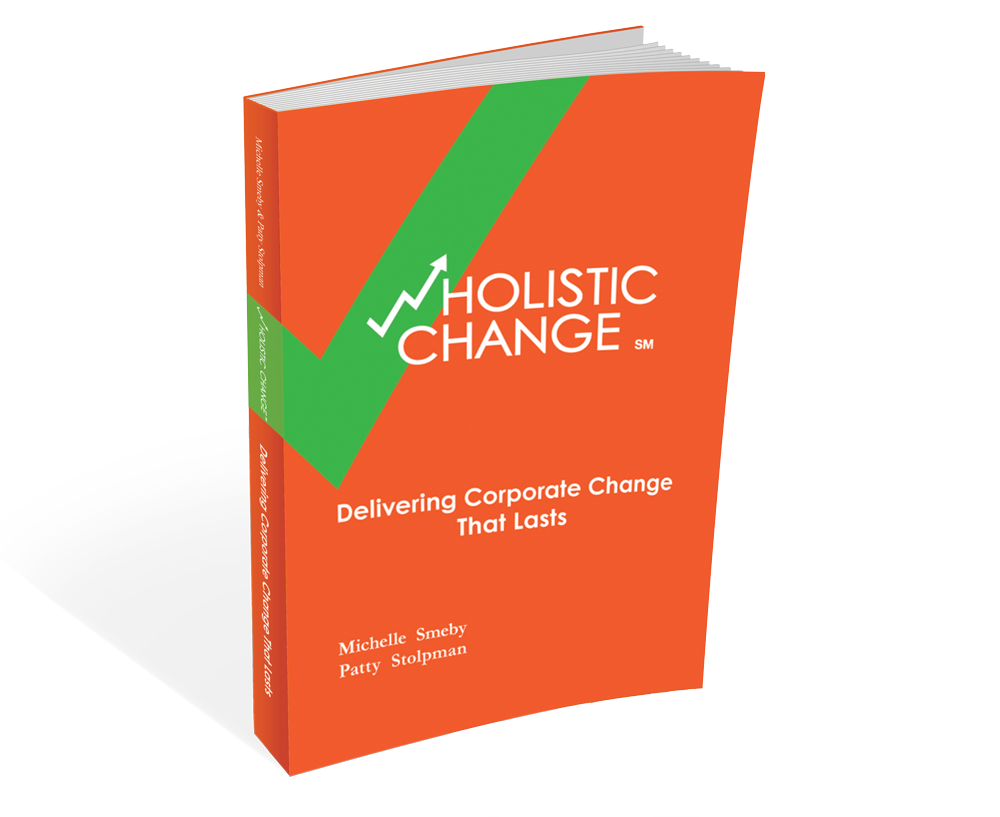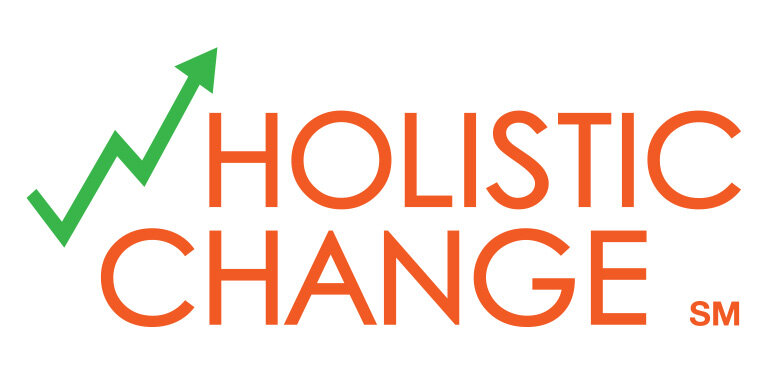"It is not the strongest of the species that survive, nor the most intelligent, but the one most responsive to change."
- Charles Darwin
We define change as transitioning from what people do today to what you want them to do tomorrow. When you want people in an organization to change, you cannot lose sight of the importance of incorporating the change into every aspect of their business: the people, processes, services, and technology.There are 5 critical questions to make the case for change and what you hope to get out of it:
- Who wants to change?
- What do they value?
- Why do they want a change?
- Why would change be a good thing?
- How will the change benefit the person who wants it?
As Patty mentioned in her wHolistic Framework post, there will be stakeholders at all levels of the organization for whom we need to ask the above questions. The answers will vary based on the organizational unit, but we will need to consider all of the stakeholders' needs in order to develop the wHolistic solution.
An example:
I was asked to lead a massive change initiative for a Fortune 25 company. I was directed to use a specific consulting firm who had expertise in the particular change I needed to implement (since no one in the company had proficiency in the techniques).From my perspective as the owner of the change:
- Who wants to change? My boss and senior executives wanted the change implemented
- What do they value? Paying as little as possible for the consulting services
- Why do they want the change? The legacy way of doing things did not implement solutions that truly met the business needs
- Why would change be a good thing? Creating a consistent, repeatable process that would be implemented enterprise-wide would reduce financial waste
- How will the change benefit the person who wants it? My annual bonus (as well as my boss' and her boss' bonuses) was tied to successful implementation of the change
From the CEO of the consulting firm's perspective on the change:
- Who wants to change? The consulting firm CEO wanted the change implemented
- What do they value? Charging as much as possible for his consulting services
- Why do they want the change? Revenue for his consulting firm
- Why would change be a good thing? Could result in additional future consulting gigs at the Fortune 25 company, as well as a positive reference to implement the techniques at other companies
- How will the change benefit the person who wants it? The CEO's compensation is directly tied to his firm's annual revenue
After asking the questions, we realized that I and the consulting firm's CEO had the same goals (to implement the change), but conflicting values:
- I wanted to pay as little as possible for as few consulting hours as possible
- The CEO wanted to charge as much as possible for as many consulting hours as possible
We ultimately negotiated a solution that met both of our needs:
- The CEO was able to charge enough hours and at a high enough billable rate that his firm was able to stay profitable, while
- I was able to manage my budget in terms of limited, on-demand hours for the highest charging consultant, and a lower hourly rate for the consultants who billed the most hours.
Together, we successfully implemented the change throughout the company.

